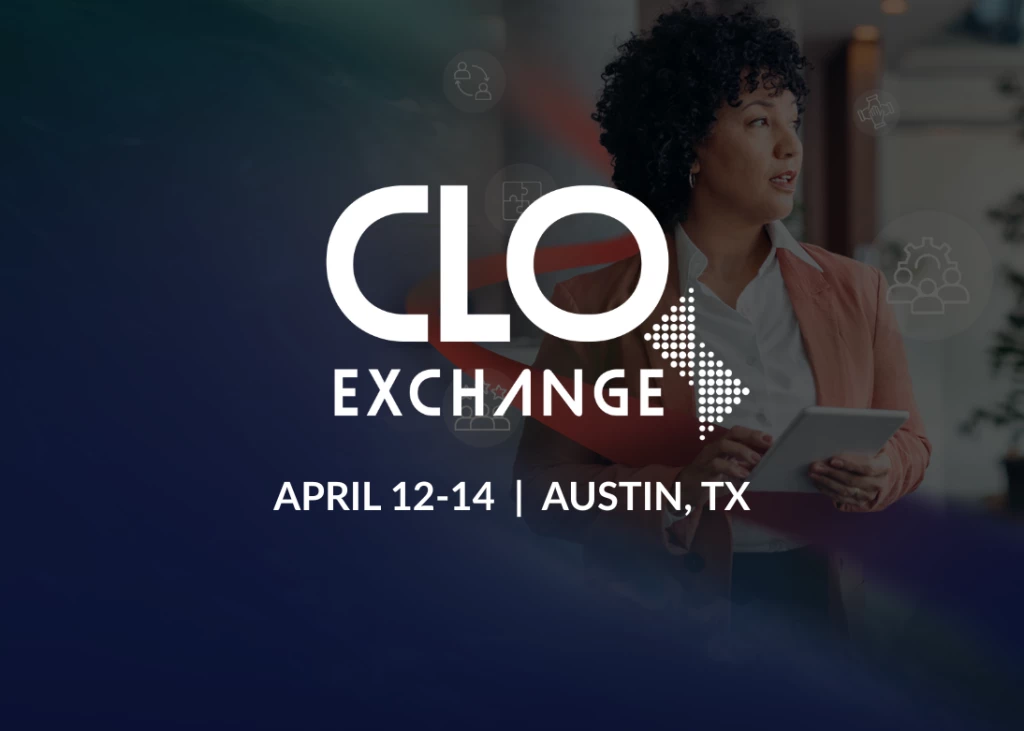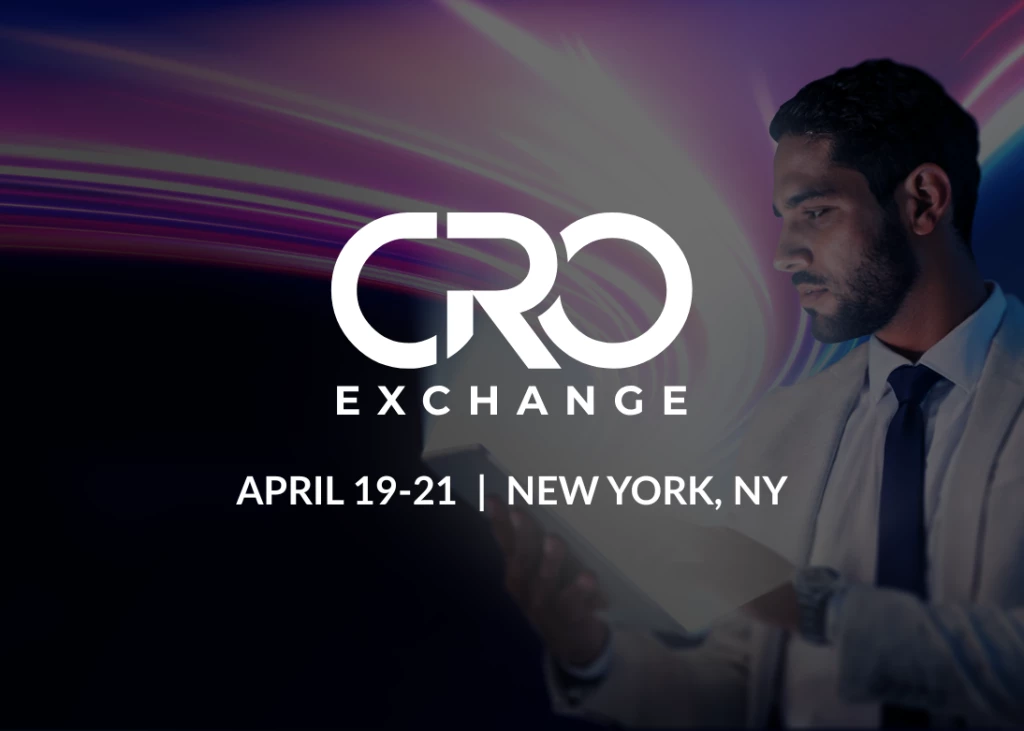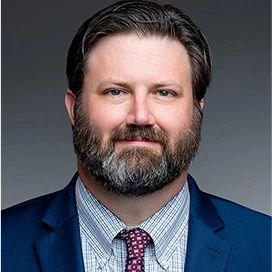Hey, Christine
Straight Talk About How the New CLN Provides Superior Value to Training Executives
Add bookmarkChristine Sokolowski is the Senior Editorial Director of Corporate Learning Network (CLN) & content advisor to Corporate Learning Week
Recently, we asked Christine a series of questions relating to how IQPC's new CLN portal and associated learning events benefit internal training organizations and corporate universities.
CLN Staff: Why are you excited about IQPC's new CLN portal?
Christine: It's really unique and quite innovative in the sense that it offers new value to our 18K+ membership base, including Chief Learning Officers (CLOs) & their training teams, CEOs, CIOs & an estimated 3,000 IQPC CLO/ CHRO Exchange alumni (from Fortune 1000/2000/ companies).
But it doesn't stop there: IQPC alumni from our ongoing training/learning conferences including Learning Analytics, Corporate Learning Week, Running Training like a Business, Learning Spaces and the like will also benefit immensely from our strategic (what-to-do) and tactical (how-to-do it) content in its various formats (i.e., articles, videos, white papers, webinars and podcasts).
IQPC, as you probably know, is one of the largest conference and large scale event organizations in the world.
In total, we produce approximately 2,500 conferences each year in areas such as robotics, e-tailing, artificial intelligence, information automation (IA), contact center management, design thinking for learning and development (L&D), shared services, process excellence and control, performance metrics for managing outsourced activities and dozens more.
CLN's close connection with IQPC's conference producers, analysts and portal editors enable us to be a “content aggregator,” bringing learning/training executives a well-informed perspective on all the areas now in play that significantly impact today and tomorrow's strategy supportive training.
Q: Okay, that's understandable… But what other topic areas will CLN emphasize?
A: Briefly stated, all the areas covered in IQPC's CLO Exchange programs and all our other training related conferences.
These include methodologies for aligning training with corporate goals, learning analytics, launching & managing a corporate university at your organization, increasing the productivity of the workforce, making leadership development more effective, moving from teaching to learning, augmenting learning programs through personal learning clouds (PLCs), new directions in workforce development, applying design thinking to L&D and much, much more.
Further, we’ll discuss news-breaking topics including the coming controversy of whether or not Internal training organizations (ITOs) should provide economic literacy programs for employees who want unfiltered talk about how the ballooning deficit will impact their purchasing power, the future of Social Security and Medicare, the inequality gap and more.
In essence, we believe learning/training executives have three distinct jobs–namely: (1) to make their present training operations more effective; (2) to identify and realize new high-yield training opportunities and; (3) to make their ITO into a new ITO for a new future.
Each of these jobs must be done simultaneously. Each job asks different questions. Our goal is to organize our content in both our CLN portal and Corporate Learning Week 2019 event to help answer these questions.
In reality, these are the same questions successful training executives have asked for the past 50 years. But what's different?
Today, we have new answers to these questions and structured approaches for carrying-out the tasks involved in each of the three distinct training management jobs.
Q: Increasing the productivity of today's new workforce – knowledge workers and service workers – is one of the stated categories CLN will emphasize. Can you give us a brief overview of how CLN will approach this area?
A: For starters, we believe (as I'm sure readers of this interview believe) knowledge workers (professional, managerial and technical) are already the major creator of wealth within most organizations.
Increasingly the success, indeed the survival, of every business will depend on the performance of its knowledge workforce. With this in mind, organizations must view the knowledge worker as a capital asset not as a cost.
Peter F. Drucker, visionary and father of modern management, said: "Costs need to be controlled and reduced… Assets need to be made to grow…"
Q: So, what can be done to grow the knowledge worker asset?
A: In a nutshell, as knowledge and its uses expand, the need for knowledge workers of all kinds to keep up via formal courses (live, online and blended) is essential to managing organizations for continuous wealth creation.
CLN coverage of essential topics ranging from design thinking to internal entrepreneurship will continuously inform senior-level training/learning executives about new training areas that contribute to the wealth creation objective.
In addition we’ll be writing about why and how intensive learning experiences must be put into practice almost immediately. Otherwise what was learned will remain "information" and never become "knowledge."
Said Drucker, "Books and formal courses contain information, whereas knowledge is the ability to apply information to specific work and performance."
But – and this is a very big “but" – ITOs must also organize (and I emphasize the word organize) for continuous learning activities – which serve a different purpose than formal learning programs – to enable knowledge workers of all kinds to share best internal practices on an ongoing basis.
Drucker coined the phrase “a learning organization.” He said, “The very fact that the knowledge worker, to be effective, has to be specialized creates a need for continuous exposure to the experiences, problems and needs of others {in like positions}…
… Above all, it satisfies the needs of the employee to contribute what he/she himself has learned to the improvement of his/her own performance…"
Let's be clear. Continuous learning does not replace formal training. There is need for workers, whether skilled, unskilled, on knowledge worker, to be trained continuously for new skills.
With all this in mind, CLN and our related training focused conferences and CLO Exchanges will share how other ITOs are becoming the equivalent of global knowledge brokers through organized continuous learning activities, that is:
- Ensuring that the worst performers learn from the best
- Using measurement as a way of identifying and spreading good practice; and
- Discovering knowledge gained in one part of the world that can be used to gain advantage in another and more.
See examples of how BP Amoco and Texas Instruments reaped millions of dollars in cost savings through organized continuous learning (Finding High Pay-Off Training Projects) and how formal learning combines with continuous learning (Rediscovering Training Fundamentals From Pocket Billiards).
Q: Today's ITOs are under immense pressure to justify the return on their training investments. How will CLN, CLO Exchanges (and related CLN conferences) cover this topic?
A: With fleeting modesty, we’ll cover it better and more thoroughly than it has ever been covered by any publication or conference.
In our opinion, the lack of subject matter understanding has prevented many ITOs from presenting meaningful metrics to CFOs and other members of senior management to justify the ROI of training budget allocations.
Approximately 45 to 50% of our content will focus on Drucker-inspired management; what leadership/training programs are missing and how to supply it; how to produce and manage innovation; tools, techniques and technologies for continuous improvement; strategic marketing planning; change leadership and like topics to illustrate how to determine realistic business-driven metrics to quantitatively evaluate the value of training.
Q: Can you elaborate on what you mean by business-driven metrics?
A: Most definitely. We believe innovation and continuous productivity improvement are the two key drivers of organizational success. ITOs must use these general topics as guideposts in designing, developing and implementing training programs that will have bottom-line results.
As stated above, a large percentage CLN content will focus on the kinds of training programs that spur innovation and productivity improvement.
Many of our discussions and presentations on these topics will include corresponding metrics that must be computed before-and-after training programs are given.
The other half of our content will focus on training specific topics related to instructional design, strategy supportive training, technology-assisted learning (virtual reality, etc.), diversity/inclusion, management/leadership development and much more.
Let's take the subject of innovation. Innovation is not a Eureka moment. It's now an acquired management skill. Translated, this means it can be taught, learned and practiced.
There are literally hundreds of innovation metrics that reveal whether or not innovations are succeeding.
The specific innovation metrics used depend upon the kind of innovation being sought (e.g., process innovation, business model innovation and product innovation).
Let's now take product innovation as an example. Some of the metrics (suggested by McKinsey & Company) that can be used to prove beyond a shadow of doubt innovation training is yielding unquestionable results are:
- Revenue growth due to new products and services
- ROI of new products and services
- Profit growth due to new products or services
- Percentage of sales derived from new product launches in the last year
- Number of product innovation projects in the pipeline that could prove to be tomorrow's breadwinners
- Success rate in new products attributable to creating the right structures for innovation
What am I trying to say? Training chieftains must work with the appropriate departments including IT and Finance to obtain before-and-after innovation measurements.
That said, innovation metrics are obtainable by every organization. But training executives will have to have more knowledge about the subject matter to discover the questions and enough organizational clout to get the required information to compute required after-training metrics.
Training outcomes can be calculated/monetized in many programs thought to be near-possible to do. What to measure and how to measure it will be a constant theme for CLN and our related learning/training conferences/CLO Exchanges.
Q: Are you saying that before-and-after metrics can be obtained from almost all training programs? And CLN's content will detail the kind of metrics by which payoffs from training investments can be evaluated or praised?
A: I'm saying many training initiatives thought impossible to quantify are quantifiable; But certainly not all. Even in a subject like leading change, important metrics can be obtained. For example, leading change really consists of four major components.
For those that like acronyms, we’ve created a new one for leading change. We call it ACE–I. These four leading change components are, namely: (1) Abandonment of the unproductive and obsolete; (2) Continuous productivity improvement; (3) Exploiting successes, and; (4) Innovation.
Obviously, there are entire methodologies and a corresponding scorecard of metrics for each one of these components, but it should be noted—indeed emphasized— that an all-important training program on leading change can be evaluated/appraised for specific quantifiable/bottom-line results over time.
Q: What kind of programs prove difficult to immediately derive business-driven metrics?
A: There are certain core competencies that are difficult to immediately relate to business results.
Topics such as finance and accounting for the non-financial executive, statistical data analysis and marketing strategy are best evaluated through oral and written mastery.
We can confidently assume they will eventually have a positive impact on the business. Yet a topic such as preparing the annual marketing plan can be evaluated.
Either the people required to prepare annual marketing plans can do it or they cannot do it after the program.
Let me go deeper. The purpose of preparing a long-term and annual marketing plan through a formalized process is to be forced to systematically ask a series of questions that leads to answers such as:
"Where should we focus our efforts?" "Who is our non-customer (people that should be customers but aren’t)?" "What does our customer really value and what can be done to design and deliver more customer value to fortify existing market positions?"
This kind of training is essential. It certainly equips the appropriate knowledge worker with a tool to create greater corporate wealth. Yet it may take time to fully evaluate its ultimate impact on the business.
Q: How will CLN benefit alumni of IQPC's CLO Exchanges and IQPC/CLN's wider scope training conferences?
A: We will soon be offering online forums for alumni of specific events. The purpose of these forums will be multifold.
We’ll structure narrowly defined discussions on how past participants are putting into practice what was learned at a given event.
Further, we’ll have webinars that laterally extend many of the subjects participants want to know more about and share with others their good and bad experiences with respect to implementation.
But we aren’t the only teachers in the room. It’s up to you, the Chief Learning Officer, and your training teams to take the knowledge learned at our Exchanges, Conferences, and website, bring it back to your teams and put it into practice.
We hope to see you at future events, connect in online forums and pop up in your inboxes. We welcome your feedback including suggestions for improvement, and compliments too!
And act now! Become a member today to receive our weekly newsletter.




















